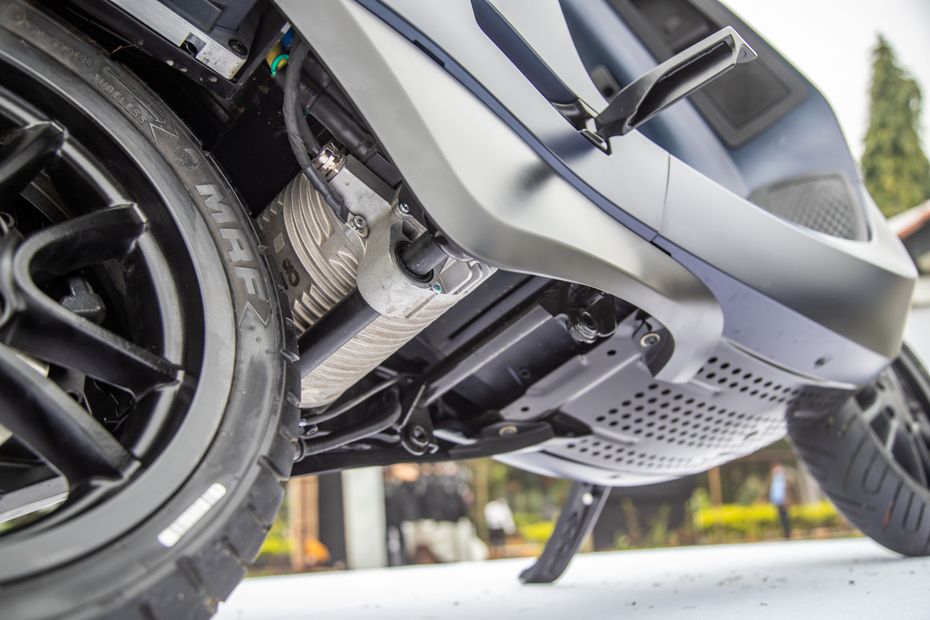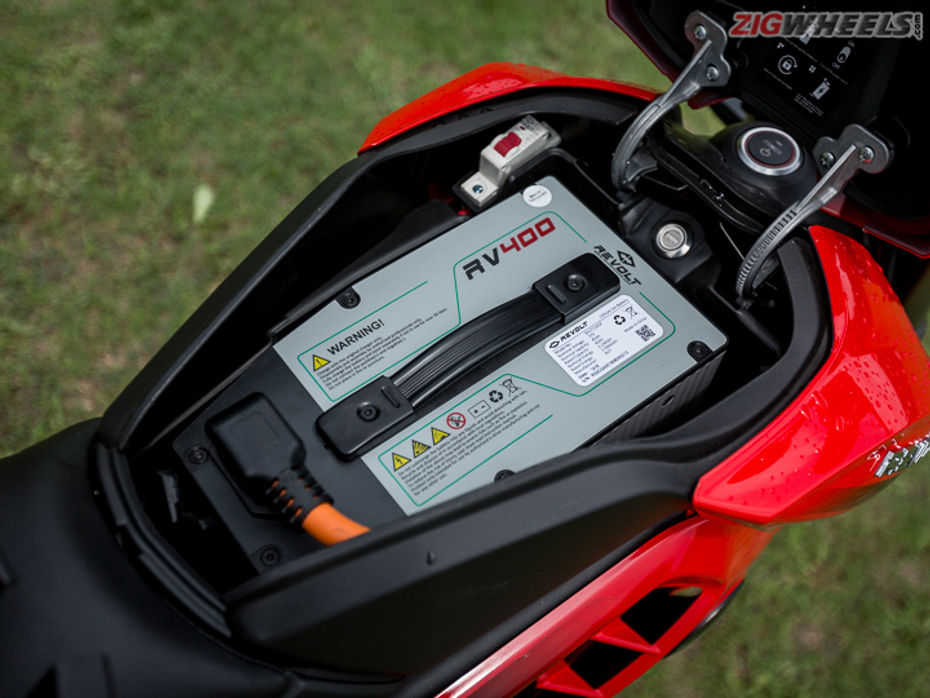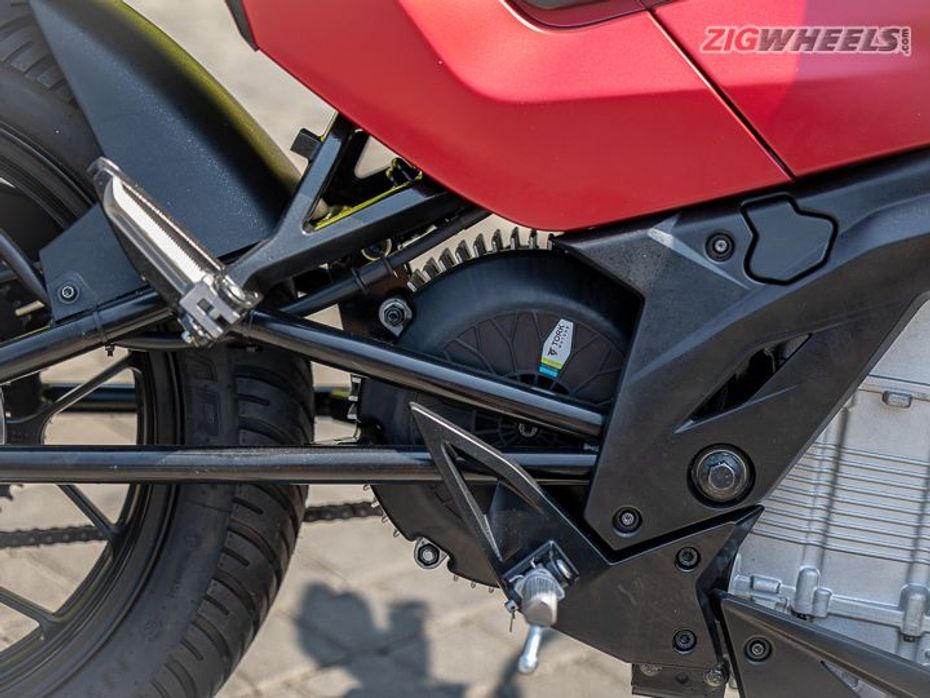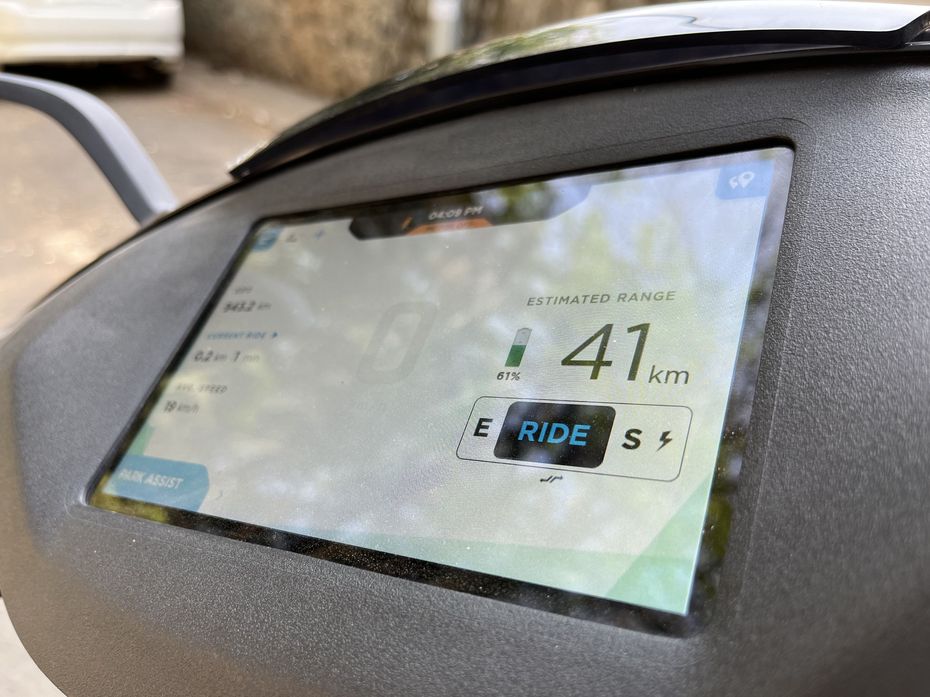
EXCLUSIVE: 2024 Bajaj Pulsar 150 Launched, Know Onroad Price, New...
- Apr 9, 2024
- Views : 5439


So, you want to buy your first EV? Or you’re reading about EVs and don’t understand the difference between kW and kWh. Well, hopefully our EV Explained series has been helping you along. Here though, we will take a look at the five basic terms that will help you understand EVs much better:

Motor Rating
The motor is one of the two main components of any EV. Think of it like an internal combustion engine. It gets a continuous power rating and peak power rating, which is sort of cubic capacity and power output of an engine. It is surely an oversimplification of the two outputs but that should be enough for you to get started. In order to know how a motor actually works, check out this story.

Battery Capacity
If the motor is the engine equivalent of an ICE vehicle, then the battery pack is like the fuel tank. The battery pack comprises small cells packed to deliver the fuel, which in this case is electricity, to propel the EV. Unlike a regular fuel tank where every single drop of petrol will give you the same output, things are a bit different on an EV. As you start draining the battery, performance dips. So much so that if you are riding an e-scooter or e-motorcycle in its maximum performance mode, you will notice a steady drop off and maybe the BMS automatically switching to a more economical mode for you to reach your closest charging station. This story explains the working of a BMS or a battery management system better.

Regenerative Braking
Now that you know that battery charge determines performance and range capabilities to a great extent, you would be happy to know that with an EV, it is possible to earn back some charge while riding and without plugging in a charger. All of the premium and FAME-2 compatible EVs have this feature in-built that converts the motor into a generator when you let go off the throttle. Now, this re-generated energy is sent back to the battery pack. In doing so, this also forces the EV to slow down. Hence, the term regenerative braking. Here’s a detailed explanation of how the feature actually works.
IP67/66/65 Rating
It is common knowledge that electricity and water aren’t the best pals. Then riding an EV in monsoons should be a big no, right? But just like the majority of smartphones nowadays, most of the EVs that you ride get an IP rating for the battery, BMS and motor for their dust proofing and waterproofing capabilities. The first numeral is for resistance against solid particles like dust whereas the second integer is for the fluid-based particles.

OTA Updates
One of the better parts of owning an EV is that EV makers will constantly send small software updates to enhance the experience of the product. Much like smartphones, even EVs get OTA updates which either require you to connect your two-wheeler to your smartphone via Bluetooth or there might just be an embedded SIM card for such connectivity related services.

EXCLUSIVE: 2024 Bajaj Pulsar 150 Launched, Know Onroad Price, New...

Ather Rizta vs Ola S1 Air vs Bajaj Chetak vs TVS iQube :...

Ather Rizta’s Underseat Storage Revealed In New Teaser

Ather Rizta Launch On April 6: From Expected Price To Range...

All-New Bajaj Pulsar NS400 Launch Confirmed: May 3, 2024

Weekly Bike News Wrap-up: Bajaj Pulsar N125 And N250 Spied, Ather...

BREAKING: Ather Rizta Pre-Bookings Begin

Ather Rizta Launch Tomorrow: Know Expected Price, Range, Features And...

BREAKING: Ather Rizta Launched In India At Rs 1.10 Lakh
India's largest automotive community